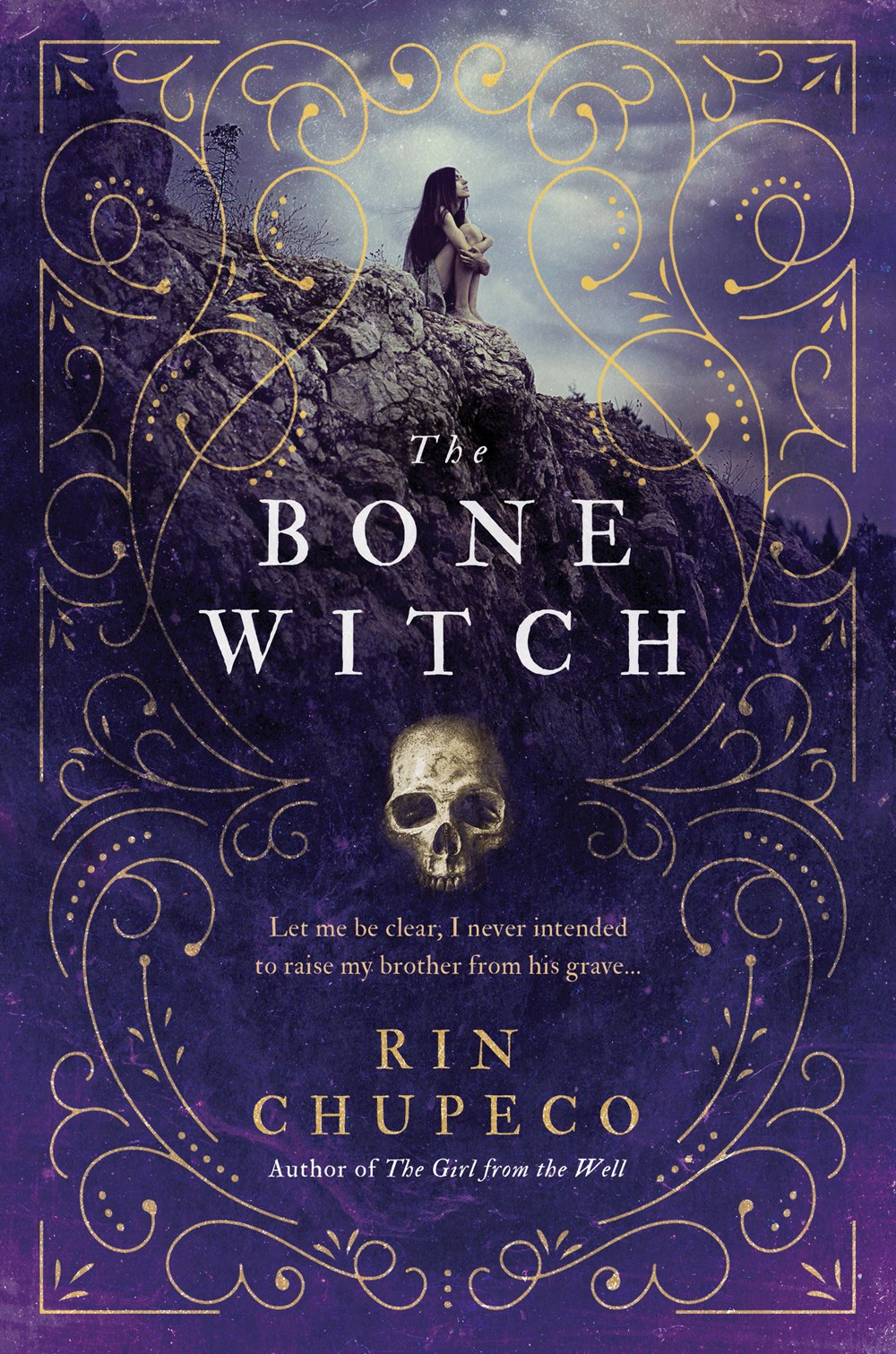
I’m going to confess: I picked up Rin Chupeco’s The Bone Witch with some trepidation. I had tried reading this YA fantasy before and stopped a few times before filing it away and ultimately restarting. The worldbuilding—freshly un-Eurocentric and inspired by the mythologies of the Middle East and Asia—was, at first, confusing. The novel’s structure demands time and patience, as it flips between short italicized chapters in the present, and longer, more narrative chapters set in the past before the storylines converge. And I’ll tell you upfront: Reading The Bone Witch is, at minimum, a two-book commitment—since the storylines don’t converge in the first book, nor the sequel. You’ll have to wait for the grand finale for that.
But damn, it’s so worth it.
Understanding The Bone Witch
And so, I do you a service because you all need to read these books. In the land of Eight Kingdoms, there are two rules of magic that, if you know them up front, will make the series easier to delve into. First is that magic is gendered in a fascinating and strange way. A chosen few have magic and can control the elements like fire, water, earth, etc. If you’re a girl when this talent is discovered, you are trained as an asha in the capital, where you learn how to wield your magic alongside learning etiquette, dancing, and entertaining heads of state in a diplomatic capacity. If you’re a boy, you’re conscripted into the Deathseeker army. There’s a lot to unpack here, especially through Likh, a trans girl who wishes to become an asha—and who is also one of my faves in this book.
And second, there’s a thing called a heartsglass that people wear around their neck, which is tied to one’s identity in complex ways. If your heartsglass turns silver, it means you have a capacity for magic; you can also give it away to a loved one in an act of romance or safety, but at the risk of that other person having control over you; if you are especially magically talented, you can read other people’s heartsglasses since they will change color depending on their true emotions (and you can tell if they’re lying to you).
What The Bone Witch is About
Then there’s Tea. We’re introduced to the world of The Bone Witch through Tea’s eyes, and she is only twelve at the beginning, when she inadvertently raises her brother, Fox, from the dead. It’s discovered that Tea is not only an asha, but a dark asha, with magic that allows her to raise and control the dead. And so, Tea is one of two bone witches in the realm, a profession that, despite its importance, is much maligned. Ever since The False Prince used death magic to raise the daeva, monsters that terrorize people every so often, bone witches have done the dirty work to keep them at bay and are tainted with that reputation by association.
The Bone Witch is a painstaking book of set-up. With uneven pacing, we get all the above, plus Tea’s origin story where she’s whisked away to the palace to train as an asha by the only other bone witch, Lady Mykaela. Despite her aptitude, she faces setbacks, including some pranks by fellow ashas-in-training, a training master who hates her, and mounds of backbreaking chores. She reaps chaos by not knowing how to control her power and accidentally raises dead kings and monsters. She catches the eye of the prince and his cranky cousin-slash-bodyguard, and is thrust into the royal court’s political machinations.
The biggest and most satisfying arc in this book is Tea’s relationship with her brother, Fox, where they learn these nice things called healthy boundaries and how to be a family despite the supernatural link between them.
But please, have patience. This is no worse than The Name of the Wind, which many of you have enthusiastically or like me, begrudgingly, read. You can see the schematic of something bigger before you—a cast of characters you will cheer on and love, a thoughtful musing on women rebelling against the roles their society has trapped them into, a descent into villainy (or anti-heroism? Let’s do some more unpacking) when justice is denied with each betrayal, and a girl who learns how to command her power despite the trauma inflicted on her by her peers and foes.
And I’ll just say, I’ll just say. There’s barely a hint of a romance in The Bone Witch. But then you read The Heart Forger and it does things to you and what the heck, Chupeco? How dare you? Must you make me agonize over this slow burn relationship and then smash my heartsglass into a million pieces in The Shadowglass? The seeds of the romance planted in the first book turn out to not only be SUPER SWOONWORTHY but like, really screws you up especially during this quarantine life when your emotions are dialed up to eleven, okay? And that’s just the main couple, there are other relationships that are lovely and meaningful, fantastically queer, and too adorable for words—sometimes all at once.
Just do yourself a favor, and acquire The Heart Forger and The Shadowglass so you have the whole trilogy before you start. You’ll thank me later.

Faye Bi is the director of publicity at Bloomsbury Children’s Books, and spends the rest of her time reading, cycling, pondering her next meal, and being part of the Sirens communications team. She’s yet to read an immigrant story she hasn’t cried over, and is equally happy in walkable cities and sprawling natural vistas. You can follow her on Twitter @faye_bi.







Connect with the Sirens community
Sign up for the Sirens newsletter